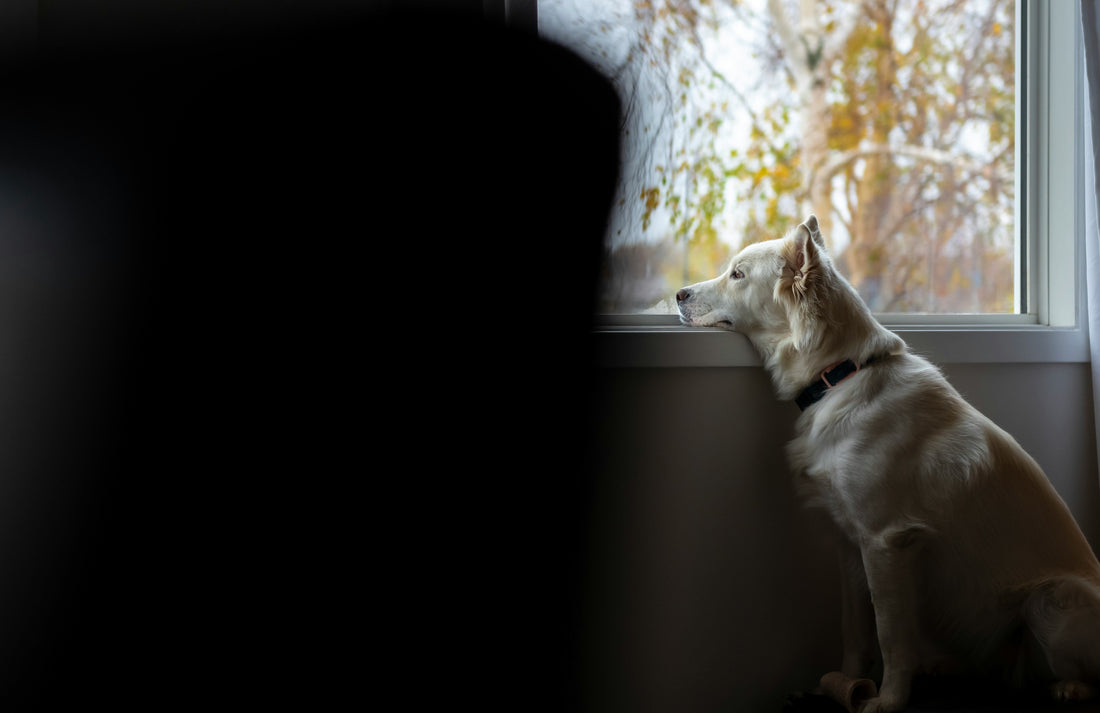
Understanding Dog Separation Anxiety — and How to Help Your Pup Feel Safe
🐾 Understanding Dog Separation Anxiety — and How to Help Your Pup Feel Safe
As pet parents, we want nothing more than for our furry friends to feel secure, happy, and loved. But what happens when our dogs panic the moment we walk out the door? If your dog whines, barks, chews, or paces every time you leave, they may be experiencing separation anxiety — and they're not alone.
What Is Separation Anxiety in Dogs?
Separation anxiety is a condition where dogs experience extreme stress when they are left alone or separated from their owners. It can lead to destructive behavior, excessive barking, or even attempts to escape the home.
Common symptoms include:
-
Whining or barking when left alone
-
Destructive chewing or scratching
-
Accidents in the house (even if potty trained)
-
Pacing or drooling
-
Trying to escape from crates, doors, or windows
What Causes Separation Anxiety?
Some common triggers include:
-
Sudden changes in routine (e.g. working from home and then returning to the office)
-
Moving to a new home
-
Loss of a family member or another pet
-
Being rehomed or adopted from a shelter
-
Lack of mental or physical stimulation

How Can You Help Your Dog?
Thankfully, there are several ways to ease your dog's anxiety:
🧸 1. Create a Safe Space
Designate a cozy, calm area with their favorite bed, toys, and maybe a shirt with your scent. This gives them a sense of security when you're not around.
🎾 2. Use Interactive Toys
Puzzle toys, treat-dispensing balls, and chew toys can keep your dog mentally engaged and distracted while you're gone.
🎵 3. Try Calming Aids
Products like anxiety wraps, calming collars, or pet-safe diffusers with soothing scents can help reduce stress.
🐕 4. Practice Gradual Departures
Train your dog to be comfortable alone by leaving for short periods and gradually increasing the time. Keep goodbyes low-key to avoid creating tension.
🐾 5. Consider Professional Help
If the anxiety is severe, consulting a vet or a certified dog behaviorist may be the best option. They can help with behavior training or recommend supplements if needed.
You’re Not Alone — And Neither Is Your Dog
Separation anxiety can be tough — both for you and your pup. But with the right approach, consistency, and a bit of patience, your dog can learn to feel calm even when you're not home. 💛
🐶 Explore our curated collection of anti-anxiety dog gear to help your pup feel safe and secure: [link to collection]

